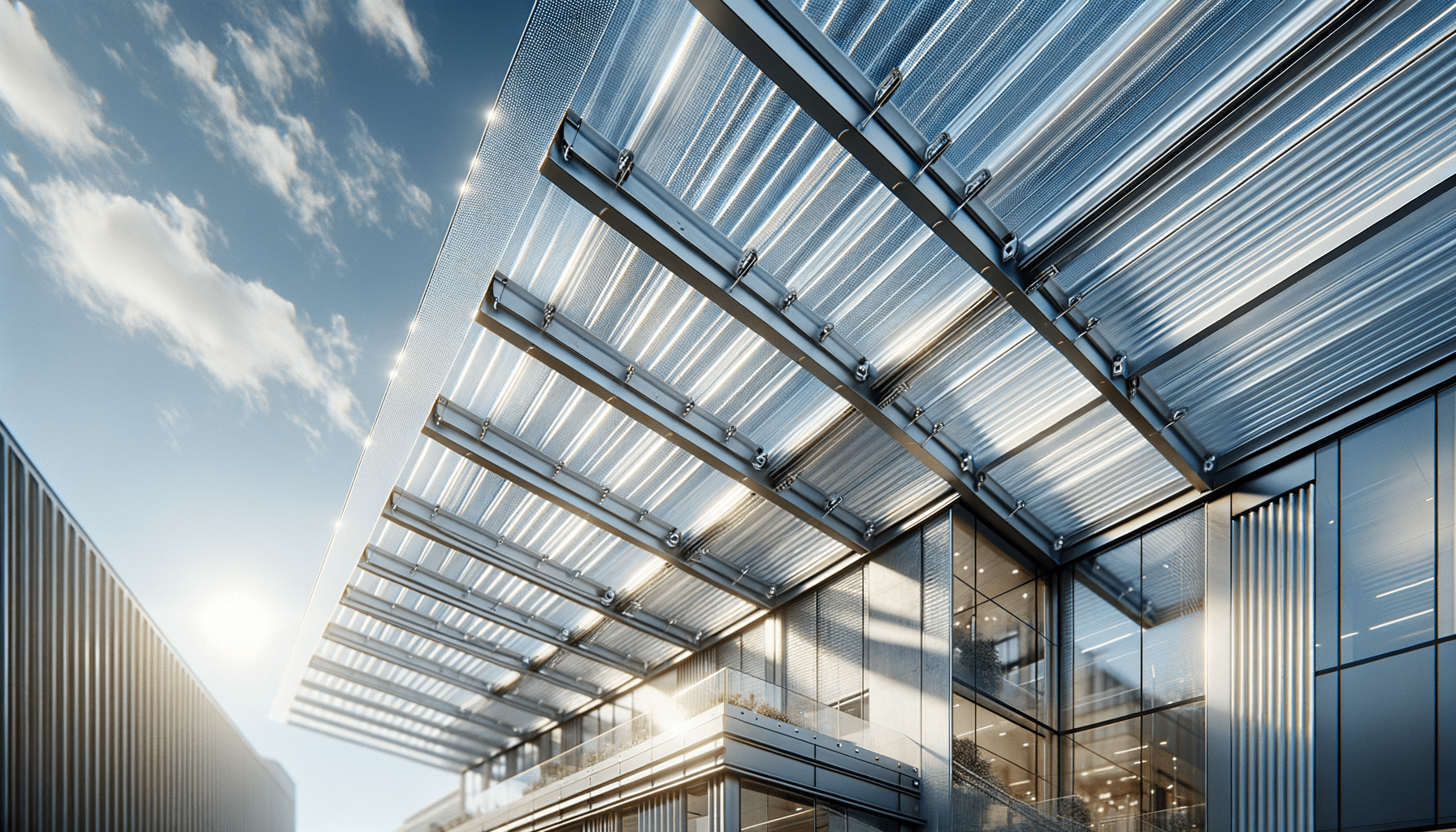
Understanding Polycarbonate Roof Sheets: A Comprehensive Guide
Introduction to Polycarbonate Roof Sheets
Polycarbonate roof sheets have become a popular choice in modern construction due to their unique combination of strength, flexibility, and transparency. These roofing materials are renowned for their durability and ability to withstand harsh weather conditions, making them ideal for both residential and commercial applications. Understanding polycarbonate roof sheets can help homeowners and builders make informed decisions when selecting roofing materials.
Polycarbonate is a thermoplastic polymer known for its high impact resistance and transparency. It is lightweight yet robust, offering numerous benefits over traditional materials such as glass and metal. In this article, we delve into the various aspects of polycarbonate roof sheets, exploring their advantages, types, installation process, maintenance, and environmental impact.
Advantages of Polycarbonate Roof Sheets
Polycarbonate roof sheets offer several advantages that make them a preferred choice for many construction projects. One of the primary benefits is their exceptional strength-to-weight ratio. Despite being lightweight, these sheets are incredibly strong and can withstand significant impact without cracking or breaking.
Another advantage is their transparency, which allows natural light to filter through, reducing the need for artificial lighting during the day. This feature not only creates a bright and welcoming environment but also contributes to energy savings. Additionally, polycarbonate roof sheets provide excellent insulation, helping to maintain a comfortable indoor temperature.
Some key benefits of polycarbonate roof sheets include:
- High impact resistance
- Lightweight and easy to handle
- Transparency for natural lighting
- Effective insulation properties
- UV protection to prevent fading and damage
These advantages make polycarbonate roof sheets suitable for various applications, from greenhouses and skylights to industrial roofing and pergolas.
Types of Polycarbonate Roof Sheets
Polycarbonate roof sheets come in various types, each designed to meet specific needs and preferences. The most common types include solid, multiwall, and corrugated polycarbonate sheets.
Solid Polycarbonate Sheets: These sheets are known for their glass-like appearance and are often used in applications where clarity is essential, such as skylights and windows. They offer excellent impact resistance and are available in various thicknesses.
Multiwall Polycarbonate Sheets: Featuring a layered structure, multiwall sheets provide enhanced insulation properties, making them ideal for greenhouses and conservatories. Their design helps to reduce heat loss while maintaining structural integrity.
Corrugated Polycarbonate Sheets: These sheets have a wavy design that enhances their strength and rigidity. They are commonly used for roofing applications where durability and weather resistance are crucial.
Each type of polycarbonate roof sheet has its unique benefits, and the choice largely depends on the specific requirements of the project.
Installation and Maintenance of Polycarbonate Roof Sheets
Installing polycarbonate roof sheets is a straightforward process, but it requires careful planning and attention to detail. Proper installation ensures the longevity and performance of the roofing system. It is essential to follow the manufacturer’s guidelines and use appropriate tools and materials.
Key steps in the installation process include:
- Measuring and cutting the sheets to the desired size
- Preparing the roof structure and ensuring it is clean and dry
- Using the correct fasteners and sealants to secure the sheets in place
- Allowing for thermal expansion by leaving adequate gaps between sheets
Maintenance of polycarbonate roof sheets is minimal, thanks to their durable nature. Regular cleaning with mild soap and water helps to maintain their appearance and performance. It is important to avoid abrasive cleaners or tools that could scratch the surface.
Environmental Impact of Polycarbonate Roof Sheets
Polycarbonate roof sheets are considered an environmentally friendly option due to their long lifespan and recyclability. Their durability means they do not need to be replaced frequently, reducing waste. Additionally, the energy savings achieved through natural lighting and insulation contribute to a lower carbon footprint.
Moreover, polycarbonate is a recyclable material, and many manufacturers offer recycling programs to ensure that old or damaged sheets are repurposed rather than ending up in landfills. This commitment to sustainability makes polycarbonate roof sheets an attractive choice for eco-conscious builders and homeowners.
By choosing polycarbonate roof sheets, individuals can enjoy the benefits of a high-performance roofing solution while also supporting environmental conservation efforts.
Conclusion: Making Informed Choices with Polycarbonate Roof Sheets
Understanding the various aspects of polycarbonate roof sheets, from their advantages and types to installation and environmental impact, empowers individuals to make informed decisions in their construction projects. These sheets provide a versatile and durable option that balances performance with sustainability.
Whether you are considering them for a greenhouse, skylight, or industrial building, polycarbonate roof sheets offer a reliable solution that meets diverse needs. By choosing this material, you not only enhance the functionality and aesthetics of your space but also contribute to a more sustainable future.


